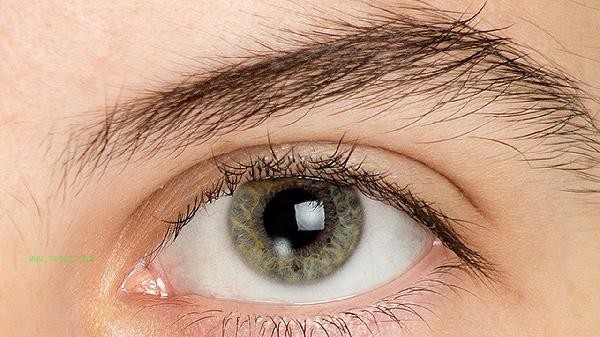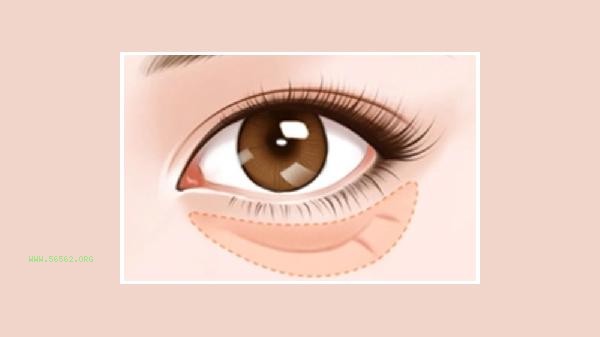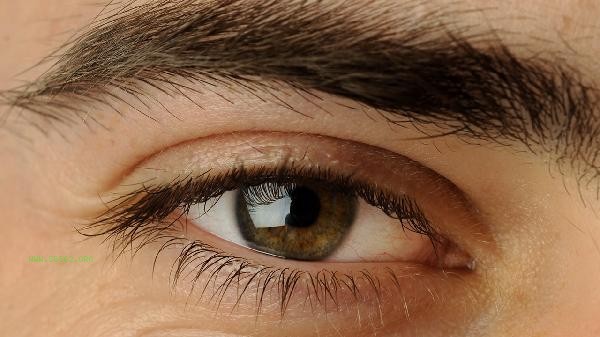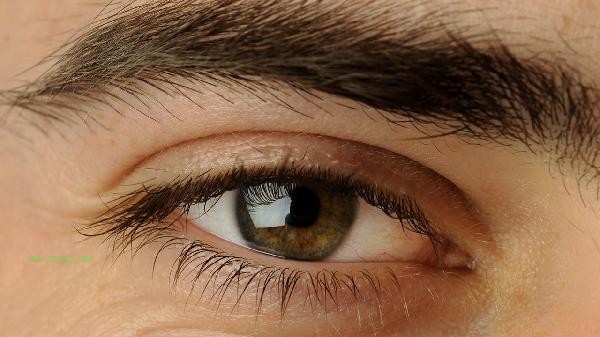Adapalene and tretinoin each have their own advantages, and the specific choice depends on the type of skin problem and tolerance. Adapalene is more suitable for sensitive skin and mild acne, while tretinoin has a more significant effect on stubborn acne and photoaging. The two mainly differ in five aspects: irritability, indications, timing of use, metabolic mechanism, and drug stability.
I. Stimulus Comparison
Adapalene belongs to the third generation of retinoids, which selectively acts on receptors to reduce irritation and is suitable for people with fragile skin barriers. As a first generation drug, retinoic acid directly activates all receptors, which may cause reactions such as erythema and desquamation, and tolerance needs to be gradually established.
II. Indications Focus
Adapalene mainly targets non inflammatory closed comedones and micro comedones, improving acne by regulating follicular keratinization. Retinoic acid is more effective in treating inflammatory papules, pustules, and pigmentation, and can stimulate collagen regeneration to improve wrinkles, making it a multi effect drug.
III. Differences in timing of use
Adapalene has good photostability and can be used both morning and evening. Vitamin A acid is easily decomposed and ineffective when exposed to light. It is only suitable for use at night and requires strict sun protection to avoid photosensitive reactions. Morning care should be accompanied by antioxidant products.
4. Different metabolic mechanisms
Adapalene is excreted through bile, with a smaller burden on the liver and kidneys. Retinoic acid is metabolized by liver P450 enzymes. Patients with abnormal liver function should use it with caution and avoid combination with alcohol or other hepatotoxic drugs.
V. Stability difference
Adapalene gel matrix can maintain drug activity for a long time, and its stability can reach half a year after opening. Vitamin A yogurt cream is easily affected by temperature and humidity. It is recommended to store it refrigerated and use it within 3 months.
The use of retinoids requires the establishment of a complete skincare regimen. In the initial stage, there may be stinging and peeling, and soothing and repairing skincare products should be used to relieve discomfort. During the treatment period, avoid using exfoliating products and strictly follow sun protection measures to prevent discoloration. Acne patients can enhance the therapeutic effect by combining antibacterial topical drugs, while photoaging patients are recommended to combine antioxidants such as vitamin C. Pregnant, lactating, and preconception populations are prohibited from using two types of drugs. For sensitive skin, it is recommended to start with low concentrations of adapalene and conduct an allergy test behind the ear before use.








Comments (0)
Leave a Comment
No comments yet
Be the first to share your thoughts!